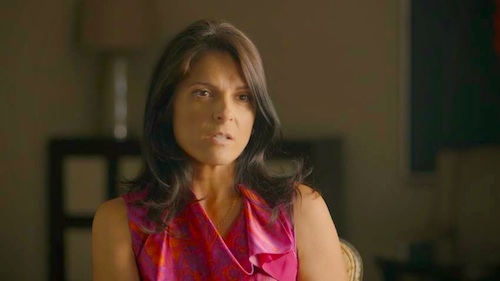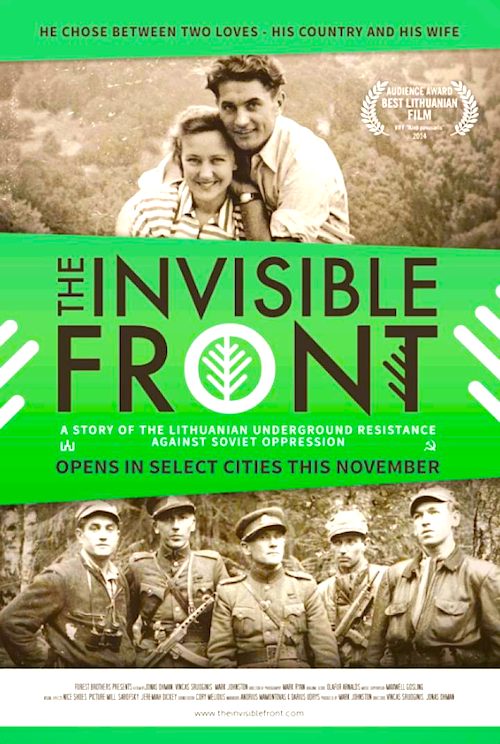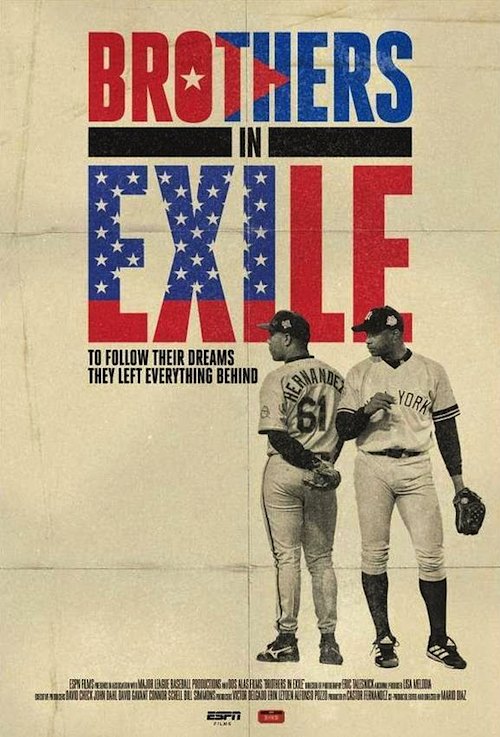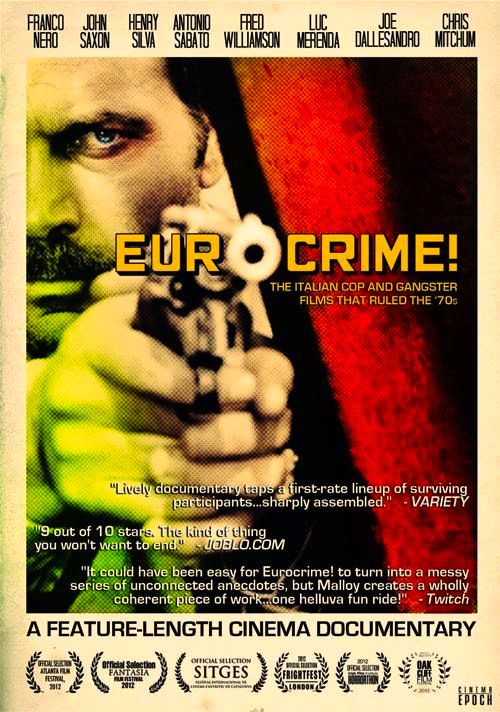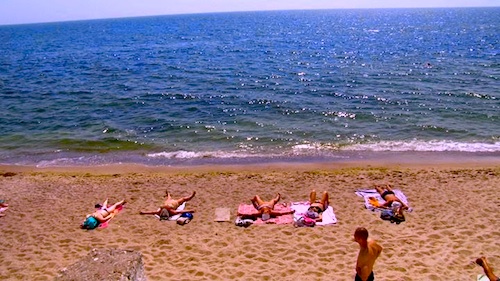By Joe Bendel. Although it mostly involved Army Rangers and Air Force support teams, four Navy SEALs also saw action during the Battle of Mogadishu—all four of whom would be awarded Silver Stars for their valor under fire. Perhaps you also heard it was a SEAL Team that dispatched bin Laden to a fiery eternity. With the first-time-ever support of the Naval Special Warfare Command, the history and service of the Navy’s commando force is chronicled in depth throughout Navy SEALs—Their Untold Story, which premieres on PBS this Veterans’ Day.
Conceived in conjunction with the companion volume co-written by former SEAL Dick Couch and co-producer William Doyle, the nearly two hour PBS special features a wealth of on-camera interviews with SEAL veterans who do not ordinarily do this sort of thing. They were there in the jungles of Viet Nam saving “Bat*21” and they have been all over Iraq and Afghanistan. Why would a division of the Navy be in a land-locked country such as the latter? They simply developed the expertise for covert missions.
Director-producer-writer Carol Fleisher takes a comprehensive approach, devoting considerable time to the SEALs’ WWII predecessors, the Naval Combat Demolition Units created by future Rear Admiral Draper Kauffman. For a while, they were generally known as just “Frogmen,” especially with the release of 1951’s The Frogmen, starring Richard Widmark, one of several touchstone films referenced in Untold. However, the SEALs were officially inaugurated during the early days of Viet Nam, to fulfill JFK’s prescient call for a flexible fighting force that would specialize in counter-guerilla insurgencies.
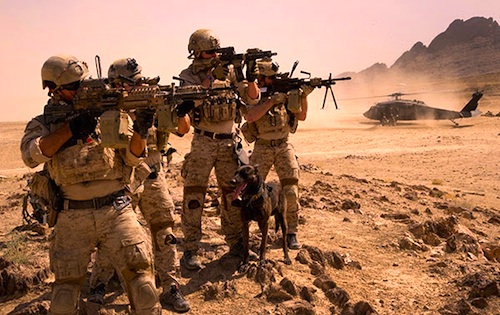
As viewers would expect, there are some extraordinary stories of courage in Untold. Frankly, it is amazing how often SEALs have successfully completed their missions, despite logistical snafus outside their control. Indeed, it is always respectful of the SEALs themselves. You would expect nothing less, especially since dedicated military supporter Gary Sinise serves as narrator. Strangely though, it seems to uncritically swallow most of the criticisms of the Iraq War, especially the highly debatable claim that Saddam Hussein had no relationship with Al Qaeda whatsoever. Of course, it is on PBS, so apparently certain articles of faith must be respected.
Untold probably features more original interviews with Congressional Medal of Honor recipients than any other television program up until now. That alone makes it worth seeing. It is also a timely corrective to all the controversy surrounding the decision of the fateful former SEAL Team Six member to go public. Regardless of the current media firestorm, Untold reminds viewers of the SEALs peerless decades of resourcefulness and sacrifice. Recommended as appropriate viewing for Veterans’ Day, Navy SEALs—Their Untold Story airs on most PBS outlets this Tuesday (11/11).
LFM GRADE: B
Posted on November 11th, 2014 at 7:05pm.
